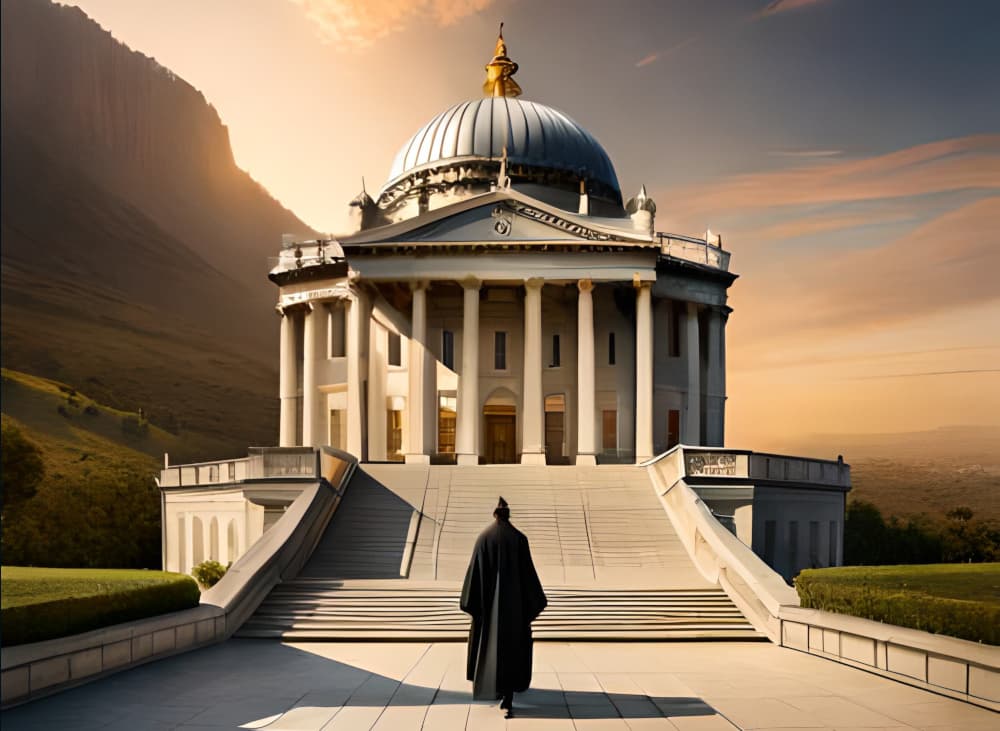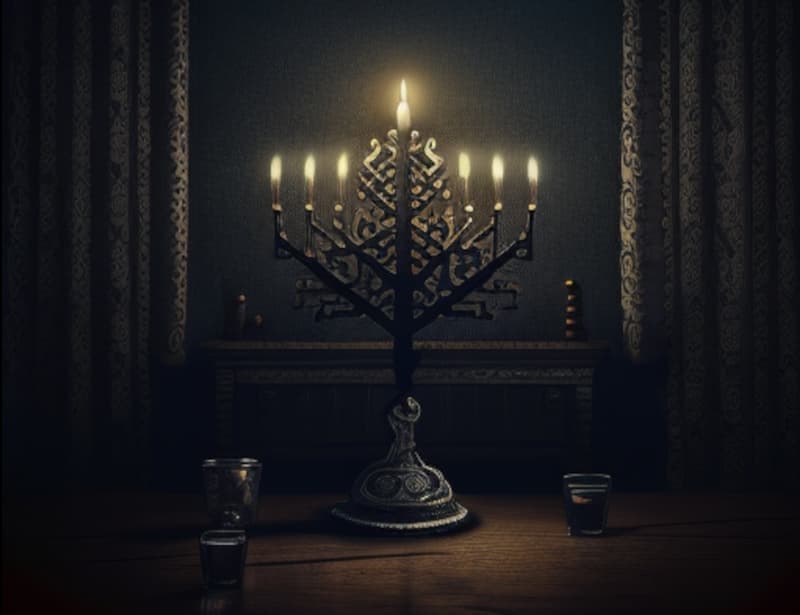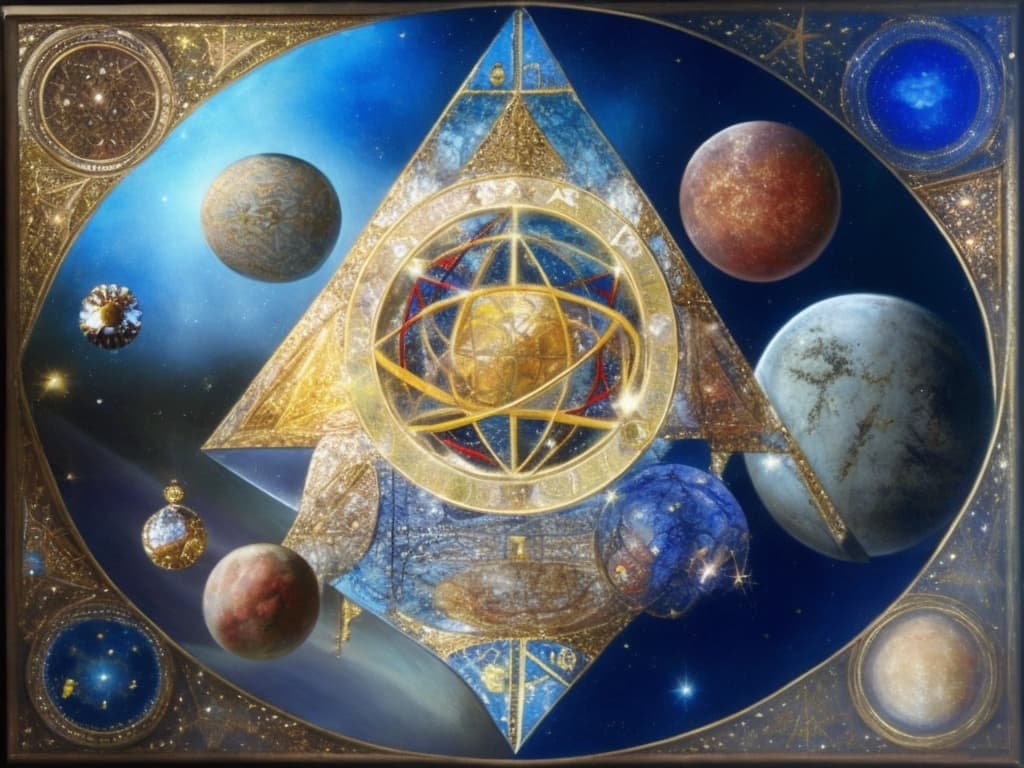The Temple of Salomon King
King Solomon’s Temple, also known as the First Temple or the Temple of Jerusalem, holds a central place in the history and beliefs of Judaism, Christianity, and Islam. In the teachings of Kabbalah, a Jewish mystical tradition, the Temple is seen as a manifestation of the divine on earth and a symbol of the spiritual connection between humanity and the divine.
According to the Hebrew Bible, King Solomon, the son of King David, built the Temple in Jerusalem around the 10th century BCE. It was a grand and impressive structure, built with cedar wood from Lebanon, gold, and precious stones. The Temple contained several important objects, including the Ark of the Covenant, which held the tablets containing the Ten Commandments, and the Menorah, a seven-branched candelabrum that was used in the Temple’s daily rituals.
In Kabbalah, the Temple is seen as a microcosm of the universe, a physical manifestation of the divine presence on earth. The Temple was believed to be the place where the divine and human worlds intersected, and where the spiritual energy of the universe flowed into the physical world.
The Temple was also seen as a symbol of the human soul, with each part of the Temple representing a different aspect of the soul. The Holy of Holies, the innermost chamber of the Temple, was seen as the highest point of the soul, representing the highest level of spiritual attainment. The Menorah, with its seven branches, symbolized the seven lower sefirot, or divine emanuations, which form the structure of the human soul in Kabbalah.
In Kabbalah, the destruction of the Temple is seen as a great tragedy, a moment when the connection between humanity and the divine was severed. The rebuilding of the Temple, therefore, becomes a central theme in Kabbalistic thought, symbolizing the restoration of the connection between humanity and the divine and the return of the divine presence to the earth.
The Temple also played a central role in the rituals and ceremonies of ancient Judaism. It was the place where offerings were made to God and where the priests performed their duties. The Temple was also the center of Jewish life, with the community gathering there for festivals and celebrations.
Despite the importance of the Temple in the history and beliefs of Judaism, it was destroyed twice, first by the Babylonians in 586 BCE and then by the Romans in 70 CE. The destruction of the Temple is seen as a key event in Jewish history, marking the beginning of the Jewish Diaspora and the scattering of the Jewish people throughout the world.
Despite its destruction, the memory of the Temple has remained central to Judaism, with the rebuilding of the Temple a central theme in Jewish prayer and a source of hope for the future. In the teachings of Kabbalah, the rebuilding of the Temple is seen as a symbol of the ultimate redemption of humanity and the return of the divine presence to the earth.
King Solomon’s Temple holds a central place in the teachings of Kabbalah as a symbol of the divine presence on earth and the spiritual connection between humanity and the divine. Its destruction is seen as a tragedy, but the rebuilding of the Temple is a source of hope and a symbol of the ultimate redemption of humanity.







